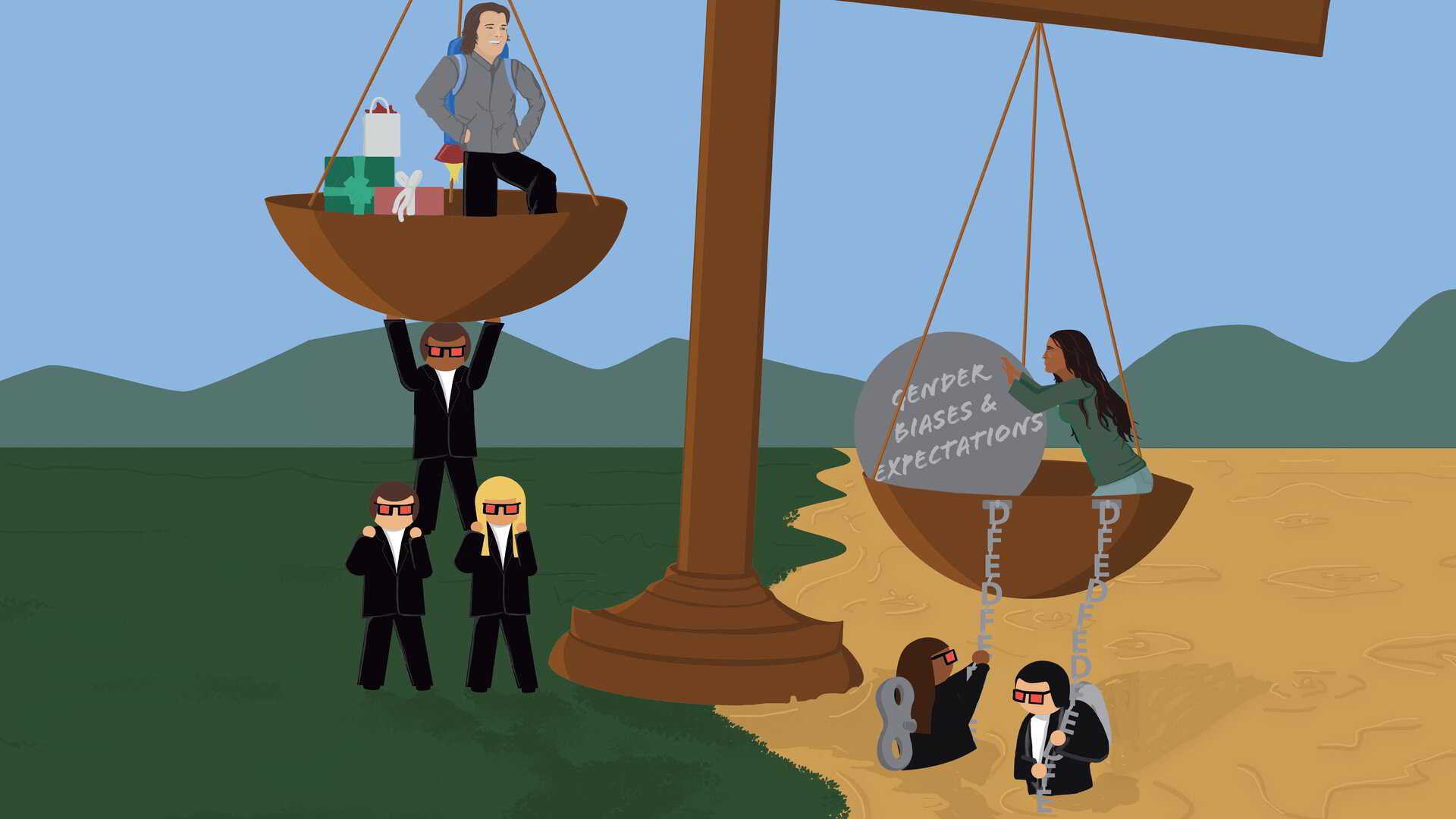
NOTE: I will refer to the other person in the "relationship" as the "partner" for this post. I do so to avoid assuming that you are entangled with a coercive controller. If/when you determine that is the case, the words "relationship" and "partner" no longer apply. Coercively controlling abusers are not partners, nor is the situation they have entrapped their target into a "relationship."
Have you ever wondered if your partner/ex-partner was right about you being the abusive one?
The question "Am I the problem?" can haunt those of us with empathy, those of us who are introspective about our behavior and our impact on others... especially the person we married and/or hoped to build a life with. In this blog post I offer some basic questions to ask yourself and some general characteristics of coercive controllers, and the pattern of coercive control, to shed light on what is happening, and who is, in fact, responsible.
Critical Truths About Coercive Control used by Coercive Controllers (abusers and narcissists)
1. The vast majority of abusers know exactly what they are doing. Coercive control, in particular, is a pattern of behavior designed to establish and maintain domination and oppression. When the goal is domination, the tactics and strategies are always instrumental and purposeful, and they are never "love."
2. Women entrapped in coercive control reported higher use of physical violence themselves while entrapped by coercive control. Sometimes, behaviors that might seem aggressive or controlling can actually be acts of resistance. In contexts where power imbalances exist, individuals may resist coercive control in ways that appear confrontational. "How He Wins" discusses how those subjected to coercive control may fight back as a means of reclaiming autonomy, not as a way of exerting dominance.
Moreover, "A Typology of Domestic Violence" identifies violent resistance as a response to ongoing abuse. This form of resistance isn't about control but survival. It’s crucial to differentiate between actions taken to protect oneself and those intended to dominate another.
3. Coercive controllers use DARVO (Deny, Attack, Reverse Victim and Offender) to confuse their targets and cause them to doubt their own thoughts and feelings. This provides a way to constrain their target's behavior, limiting their autonomy and liberty.
4. Double Cross: Coercive controllers, such as abusers or narcissists, betray their targets through actions like infidelity, financial abuse, and exploitation, undermining trust and destabilizing the relationship from the start. Love-bombing (aka manipulative kindness) early on can set a target up to believe the coercive controller has their best interests at heart. Later, when the coercive controller becomes abusive, overcoming the cognitive bias this intentionally created can be challenging.
5. Double Team: Once exposed, these coercive controllers manipulate the narrative by turning friends and family against the target, playing the victim, and leaving the target isolated and vulnerable. When false allegations are filed with The Court, child protective services and/or law enforcement, institutional betrayal can result in CPIT (court and perpetrator induced trauma). (The significant negative impact of the Double Team on the target is illustrated by the image above).
6. Another common intentional strategy of coercive controllers is to use Double Speak, weaponizing language against their entrapped target. Through manipulation and deception the abusive and/or narcissistic coercive controller sows the seeds of self-doubt in their target. This makes the target more vulnerable, decreasing the likelihood they will escape the quicksand of coercive control.
Questions for Reflection / Understanding the Unlikelihood that it is You
There are various tactics that abusive coercive controllers use to undermine their victims' autonomy, often making them feel responsible for the controller's behavior. However, you don't need to know every tactic to address the questions in this blog. With an understanding of the intentional nature of coercive control, consider these questions to help you reflect on the reality of your "relationship."
1. Do you believe your needs are more important than your partner's? If the answer is no, you are likely not the abusive one.
2. Do you behave in ways that suggest you feel superior to your partner? If the answer is no, you are likely not the abusive one.
3. Do you expect your partner to meet your demands while refusing to hold yourself to the same standards? Coercive controllers exploit Double Standards for unearned privileges. If you hold yourself to the same (or higher) expectations as your partner, you are likely not the coercive controller.
4. When you feel guilty about your behavior, are these behaviors typical for you in relationships? If you usually act calmly and compassionately but find yourself yelling or slamming doors with this partner, your anger more likely indicates entrapment in an unhealthy, abusive situation rather than a character flaw.
5. When you acted out, was it to establish dominance or avoid being dominated? If you yelled to be heard because your partner twists your words or if you reacted violently after a betrayal, your behavior may be an act of resistance rather than an attempt to control or abuse.
6. Do you care about other's thoughts, feelings and well-being as well as your own? If so, you are probably NOT the abuser, the narcissist or the coercive controller.
Conclusion
The journey toward understanding and growth is ongoing. Remember, the willingness to question oneself and seek change is a powerful testament to your capacity for growth and empathy. By continuing to reflect and learn, you contribute to a world where relationships are built on mutual respect and understanding.
If you find yourself behaving in ways that are uncharacteristic with a specific person or certain individuals who exhibit coercively controlling behaviors, your "bad behavior" is likely situational rather than a reflection of your true character. This suggests that you may be in a coercively controlling environment. The sooner you can remove yourself from this situation, the sooner you can begin to rebuild your self-esteem, autonomy, dignity, and freedom.
NOTE: Leaving a coercive controller can be very dangerous, so it's important to seek help before doing so. Numerous resources are available on ECCUSA's resource page to assist you.
